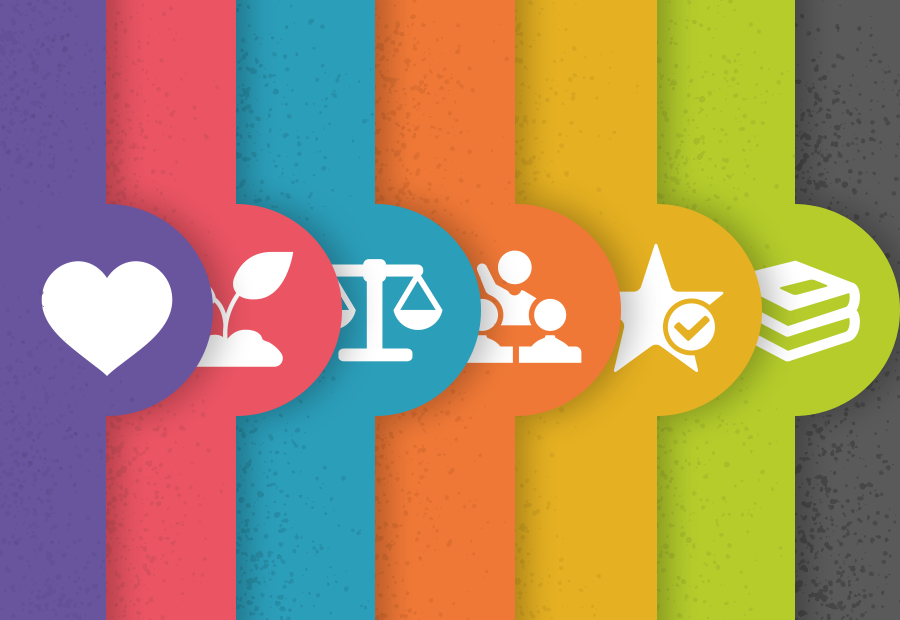The Heartbeat of Education
Imagine walking into a building with no structure, no rooms, and no purpose. It would be chaotic and directionless. Similarly, in the realm of education, the curriculum serves as the architectural blueprint, providing structure and direction to the learning journey. It’s the heartbeat of educational institutions, pumping life into every lesson, every classroom, and every student’s academic journey.
The Dual Nature of Curriculum Design
Curriculum design is both an art and a science. It’s an art because it requires creativity, intuition, and vision. It’s a science because it demands precision, methodology, and evidence-based strategies.
- The Visionary Canvas: Setting Goals
Every curriculum begins with a vision. What do we want our learners to achieve? These overarching goals guide the entire design process. Whether it’s fostering critical thinking, promoting digital literacy, or nurturing emotional intelligence, the goals set the tone.
- Mapping the Journey: Content Selection
Once the destination (goals) is clear, it’s time to map the journey. This involves selecting content that is relevant, engaging, and aligned with the set objectives. It’s not just about what to include, but also what to exclude. Every topic, lesson, and activity must serve a purpose.
- The Pedagogical Approach: Methods and Strategies
How we teach is as crucial as what we teach. The curriculum must outline effective teaching methodologies, whether it’s project-based learning, flipped classrooms, or inquiry-based instruction. It’s about choosing strategies that resonate with the learners and the content.
- Continuous Evolution: Feedback and Revision
The world is not static, and neither should our curricula be. Regular feedback from educators, students, and stakeholders is vital. This feedback loop ensures that the curriculum remains relevant, dynamic, and effective.
- Beyond the Classroom: Real-world Integration
A robust curriculum bridges the gap between the classroom and the real world. It integrates real-world challenges, encourages problem-solving, and prepares students for the complexities of the global landscape.
In Conclusion
Curriculum design and development is a monumental task, but its impact is profound. A well-crafted curriculum not only imparts knowledge but also shapes minds, molds characters, and prepares learners for the future. As educators and curriculum designers, the responsibility is immense, but so is the reward: shaping the next generation of thinkers, leaders, and innovators.



